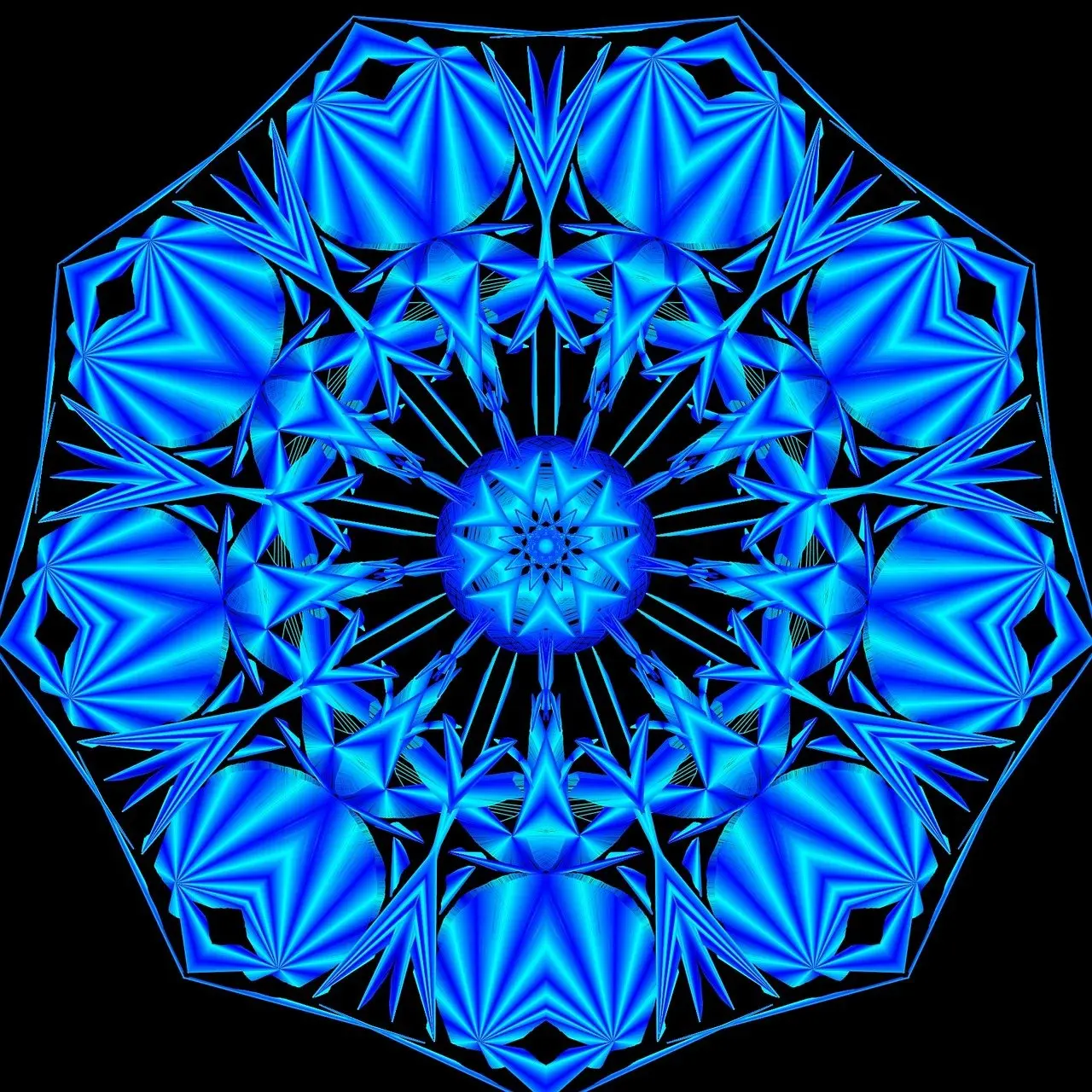Three Kings Day: History, Traditions, and Celebrations

Looking for more amazing products? Check out our online store and explore our collection here! Happy shopping!
Before diving in, please note: This post is for informational purposes only. If you’d like to know more about how we approach topics, feel free to check out our friendly Disclaimer Page.
Hey there, amazing readers! 
We’re committed to delivering quality posts, and your support (even just sticking around despite the ads) means everything to us. So, bear with us, and thanks for helping us keep the good vibes rolling. Now, on to the fun stuff!
TRANSLATE BUTTON AT THE END OF THE ARTICLE
A Quick Overview
Three Kings Day, or Día de los Reyes, is a joyous celebration steeped in cultural significance.
Every January 6, children and families come together to honor the arrival of the Three Wise Men—Melchior, Gaspar, and Balthazar—who brought gifts to the baby Jesus.
This day marks the culmination of the Christmas season for many, and it is rich with traditions, delectable foods, and vibrant festivities.
In this article, we’ll dive into the history, customs, and celebratory spirit surrounding Three Kings Day, so grab a cup of hot cocoa, and let’s explore!
The Origins of Three Kings Day: A Historical Overview
Three Kings Day hails from ancient Christian traditions and finds its roots in the biblical account of the Magi, or Wise Men, who followed a star to Bethlehem.
They represented different regions and cultures, and their journey symbolized the universal acknowledgment of Jesus’s importance.
The day is celebrated primarily in countries with strong Catholic traditions, particularly in Latin America and Spain.
The celebration dates back to around the 4th century when the Eastern Orthodox Church recognized the Epiphany—the moment of Jesus’ manifestation to the Gentiles.
Initially, this day was a time for baptisms and other rituals.
However, the Western Church later adapted the day to honor the Magi’s visit, and thus Three Kings Day became widely celebrated.
Over the years, it transformed into a festive occasion filled with cultural customs.
In many countries, the day serves as a final farewell to the Christmas festivities.
Oftentimes, families leave their Christmas decorations up until January 6, and it marks the time when children eagerly anticipate gifts, similar to Christmas Day.
As the holiday evolved, it adopted various regional flavors, making every celebration distinct yet connected by the central theme of the Three Wise Men.
The Significance of the Three Wise Men in the Celebration
The Three Wise Men hold a special place in the heart of Three Kings Day.
They are often portrayed as symbols of wisdom, faith, and generosity.
Each king is associated with a gift they brought to Jesus: gold, frankincense, and myrrh.
Gold represents Jesus’ kingship; frankincense symbolizes His divinity, and myrrh foreshadows His suffering and death.
In many traditions, children dress up as the Three Kings, donning crowns and robes to embody these figures.
Parades often feature floats dedicated to the kings, showcasing their grandeur and importance.
Communities come together to celebrate, echoing the unity and joy the Wise Men’s visit represents.
The kings also embody the spirit of giving.
Their gifts serve as a poignant reminder of the importance of generosity and kindness.
In many households, especially in Latin American countries, it is customary for children to leave out their shoes, just as the Magi left gifts for Jesus.
In return, they receive presents from the kings, fostering a sense of excitement and anticipation.
Traditional Foods: Sweet Treats and Savory Dishes
Food is at the heart of Three Kings Day celebrations.
One of the most beloved dishes is the Rosca de Reyes, a sweet bread shaped like a ring, adorned with colorful candied fruits.
This bread signifies the crown of the Three Kings and is often enjoyed during family gatherings.
Whoever finds the hidden figurine within the rosca is believed to host the next celebration or is tasked with preparing tamales for Dia de la Candelaria on February 2.
Aside from the rosca, other traditional foods vary by region.
In Spain, families often enjoy hot chocolate paired with a delightful treat called Roscón de Reyes, which is similar to the rosca but may include a surprise inside—a tiny figurine or a dry bean.
In Puerto Rico, the day is marked with meals like pernil (roasted pork) and rice with pigeon peas.
In Mexico, families often gather for a feast featuring traditional dishes like tamales and pozole.
The aromas wafting from the kitchen create a warm atmosphere where stories are shared, and laughter fills the air.
These culinary delights bring families together, reinforcing the sense of community and celebration.
Colorful Parades: Celebrating with Music and Dance
Parades are a hallmark of Three Kings Day celebrations, bringing people together in vibrant displays of culture and joy.
In cities across the globe, from Madrid to Mexico City, lively processions take place.
Floats adorned with dazzling decorations traverse the streets, often featuring children dressed as the Wise Men.
Musicians, dancers, and performers add to the festivities, creating an atmosphere of exuberance.
The parades often start with a reenactment of the Wise Men’s journey, complete with a star to represent the guiding light.
Children wave to the crowd, excitedly reaching out for the candy and small gifts tossed from the floats.
It’s a heartwarming sight to see families lining the streets, smiles plastered on their faces as they celebrate this special day.
Additionally, traditional music plays a significant role in the festivities.
Mariachi bands, folk dancers, and local musicians fill the streets with lively tunes, inviting everyone to join in the merriment.
The rhythm of the music encourages spontaneous dancing, further enhancing the sense of community and joy that permeates the air.
Crafting the Perfect Rosca de Reyes: A Collective Effort
Baking and sharing the Rosca de Reyes is a cherished tradition that unites families.
Crafting this sweet bread is often a collective effort, with each family member contributing to the process.
Some might knead the dough while others prepare the colorful fruit toppings, creating a sense of teamwork and togetherness.
As the rosca bakes, the sweet, sugary scent fills the home, drawing family members into the kitchen.
The excitement builds as they anticipate who will discover the figurine hidden within the bread.
This aspect of the tradition adds an element of surprise and fun, reinforcing the idea of community and shared experiences.
Once the rosca is complete, it’s time for the big reveal.
Families gather around the table to cut slices, and the laughter and chatter create a warm atmosphere.
Sharing this sweet bread symbolizes unity and the spirit of giving, as each member plays a role in the celebration.
Family Gatherings: Uniting Generations on Three Kings Day
Family is at the center of Three Kings Day.
This celebration provides an opportunity for generations to come together, share stories, and create lasting memories.
Whether it’s gathering at a grandparent’s house or hosting a family reunion, the day fosters connections that span age gaps and distances.
During these gatherings, families reminisce about past celebrations, sharing anecdotes and laughter.
Younger generations learn from their elders, embracing traditions that have been passed down through the years.
The stories told around the table come alive, weaving a rich tapestry of family history.
Food plays a significant role in these gatherings.
As families sit down to enjoy the rosca and other traditional dishes, they engage in lively conversations filled with joy and gratitude.
It’s a time to express love and appreciation for one another, reinforcing the bonds that hold families together.
Unique Customs Across Different Countries and Cultures
While Three Kings Day celebrations share common themes, they also boast unique customs that reflect the diverse cultures that observe the day.
In Spain, for instance, people often partake in the tradition of the “Cabalgata de Reyes,” a grand parade held on the evening of January 5, where the Three Kings arrive on floats and distribute sweets to children.
In Mexico, the holiday is marked with lively parties and gatherings.
Families often extend their celebrations to include singing and playing games.
In some regions, it’s customary to dress children as the Wise Men and take them to church to bless their costumes.
In the Dominican Republic, the day is a time for lively music, dance, and community gatherings.
Families often visit each other’s homes, sharing food and laughter.
In Venezuela, it’s common for children to write letters to the Three Kings, expressing their wishes for gifts.
These customs reflect the cultural richness of the Three Kings Day celebration, showcasing how different communities honor this significant event while maintaining their unique traditions.
Children’s Traditions: Gifts, Wishes, and Festivities
Children play a central role in Three Kings Day celebrations.
They eagerly await the arrival of the Wise Men, often leaving out shoes filled with hay or grass for the kings’ camels, along with notes expressing their wishes.
This sense of anticipation builds excitement leading up to the day.
On the morning of January 6, children wake up to find their wishes fulfilled, as gifts appear in their shoes.
The sheer delight on their faces is a heartwarming sight.
This tradition fosters a sense of wonder and joy, reminding us of the magic of childhood and the importance of giving.
Many families also organize special gatherings for children, where they can participate in games, crafts, and storytelling.
These activities often center around the theme of the Three Kings, allowing kids to learn about the holiday while having fun.
Singing traditional songs, crafting crowns, and playing with friends create a vibrant atmosphere that celebrates the spirit of the day.
The Role of Faith in Three Kings Day Celebrations
Faith plays a vital role in the observance of Three Kings Day.
For many, it is a significant religious holiday, marking the revelation of Christ to the Gentiles.
Families often attend church services to commemorate the occasion, singing hymns and participating in special prayers.
In some cultures, the day is considered a time for reflection and gratitude.
Families may take turns sharing what they are thankful for and expressing their wishes for the year ahead.
This spiritual aspect of the celebration reinforces the values of love, kindness, and hope.
Additionally, the journey of the Wise Men symbolizes the importance of seeking truth and following one’s faith.
Many communities embrace this message through acts of charity, helping those in need or participating in local outreach initiatives.
This spirit of giving resonates deeply, reminding us of the holiday’s core message.
How Communities Come Together to Celebrate Joyfully
Three Kings Day fosters a sense of community that transcends individual families.
Neighbors and friends come together to celebrate, creating a shared experience that enriches the festive atmosphere.
Many towns and cities host large-scale events, inviting everyone to participate in the joy of the day.
Local organizations often play a pivotal role in organizing parades, concerts, and community feasts.
These events provide an opportunity for people to connect, share experiences, and celebrate the tradition together.
The sense of belonging is palpable as families gather in public spaces, enjoying the music, food, and festivities.
In some regions, community members may even take part in charitable activities, donating food or toys to those less fortunate.
This collective effort reinforces the holiday’s message of generosity and kindness, creating a ripple effect of goodwill that extends beyond the celebration itself.
Fun Facts About Three Kings Day You Might Not Know
Three Kings Day is steeped in fascinating history and traditions.
Here are some fun facts you might find intriguing:
In Spain, the Three Kings Day parade is one of the largest and most elaborate in the world, attracting thousands of spectators each year.
The tradition of the Rosca de Reyes originated in France, where a similar cake called "Galette des Rois" is enjoyed on Epiphany.
In Mexico, the hidden figurine in the rosca symbolizes luck and prosperity for the year ahead.
The day is also known as Epiphany or Theophany, depending on the region and religious observance.
Many regions celebrate with fireworks and festivities that can last well into the night.
These tidbits highlight the cultural richness of Three Kings Day, emphasizing the delight and excitement that surrounds this cherished celebration.
Conclusion
Three Kings Day is more than just a holiday; it’s a celebration of community, family, faith, and tradition.
From the excitement of parades to the joy of sharing the Rosca de Reyes, every aspect of the day serves to unite people in a spirit of love and generosity.
As we come together to honor the journey of the Three Wise Men, we embrace the values they represent—faith, wisdom, and the joy of giving.
Whether through food, festivities, or family gatherings, Three Kings Day invites us all to celebrate the beauty of connection and the magic of the season.
So, as you approach this special day, remember to share the love, laughter, and joy with those around you!

The Enlightenment Journey is a remarkable collection of writings authored by a distinguished group of experts in the fields of spirituality, new age, and esoteric knowledge.
This anthology features a diverse assembly of well-experienced authors who bring their profound insights and credible perspectives to the forefront.
Each contributor possesses a wealth of knowledge and wisdom, making them authorities in their respective domains.
Together, they offer readers a transformative journey into the realms of spiritual growth, self-discovery, and esoteric enlightenment.
The Enlightenment Journey is a testament to the collective expertise of these luminaries, providing readers with a rich tapestry of ideas and information to illuminate their spiritual path.
Our Diverse Expertise
While our primary focus is on spirituality and esotericism, we are equally passionate about exploring a wide range of other topics and niches 

To ensure we provide the most accurate and valuable insights, we collaborate with trusted experts in their respective domains 
Our blog originally focused on spirituality and metaphysics, but we’ve since expanded to cover a wide range of niches. Don’t worry—we continue to publish a lot of articles on spirituality! Frequently visit our blog to explore our diverse content and stay tuned for more insightful reads.
Hey there, amazing reader! 
Check out our store here and take a peek at some of our featured products below! Thanks for being awesome!











